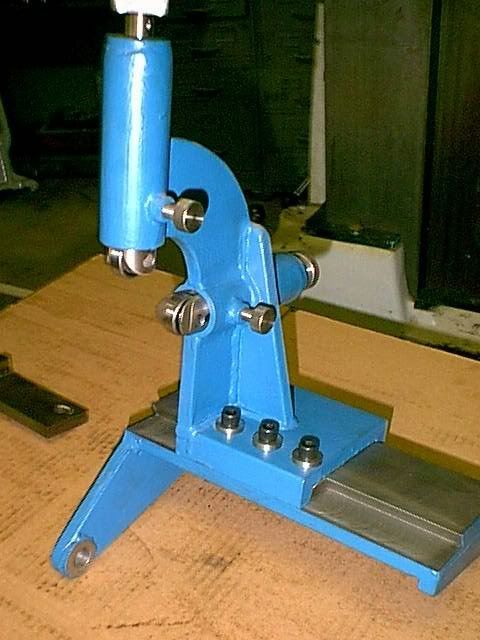DaveKamp
Titanium
- Joined
- Oct 3, 2004
- Location
- LeClaire, Ia
Hi all!
I don't have a steady or follow-rest for my '42 EE. I know another forumer is in the same situation, and there's undoubtedly more.
While these things come up for sale every-so-often, it's obvious that there's many more machines than steadies and follows... and there's much more demand for originals than my hobby budget allows (I could be spending the difference on another machine, or propane to heat the shop, or a rotary indexer, or a...
So anyway...
Is there anyone who'd be willing to help (either by dimensioning, or lending one of each) me pattern out a steady and follow, so that we can CAD and cutpath blanks for making nice rests for these buggers?
If you're willing, drop me a note... I'll pay for any expenses,etc., get the necessary dimensions, photos, etc., and get 'em returned to you in shortest-possible timeframe.
Thanks!
DK :-)
I don't have a steady or follow-rest for my '42 EE. I know another forumer is in the same situation, and there's undoubtedly more.
While these things come up for sale every-so-often, it's obvious that there's many more machines than steadies and follows... and there's much more demand for originals than my hobby budget allows (I could be spending the difference on another machine, or propane to heat the shop, or a rotary indexer, or a...
So anyway...
Is there anyone who'd be willing to help (either by dimensioning, or lending one of each) me pattern out a steady and follow, so that we can CAD and cutpath blanks for making nice rests for these buggers?
If you're willing, drop me a note... I'll pay for any expenses,etc., get the necessary dimensions, photos, etc., and get 'em returned to you in shortest-possible timeframe.
Thanks!
DK :-)


